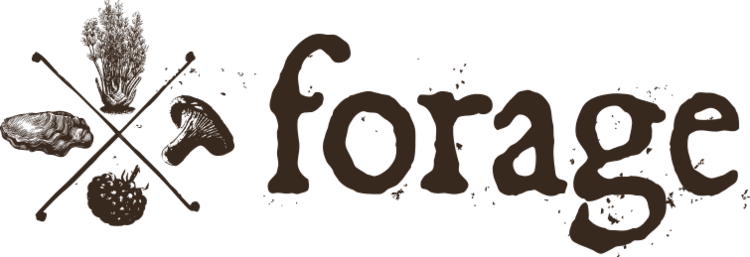Tips For Mindful Seaweed Foraging
Northern California is home to an array of wild seaweed. Despite the many seaweed forests, there is still a need to be mindful when harvesting. Many kinds of seaweeds are susceptible to over-harvesting and some types are more rare than others. Learning how to identify different kinds of seaweed is important!
Aside from the seaweed itself, we must always remember nature’s sensitive and complex ecosystems. In other words, destroying a seaweed forest will have a major impact on several other living things in the area. The last thing we want as seaweed foragers is to mess up the continual and healthy growth of seaweed and other wild species in Northern California.
So, let’s go over a few tips that will help you become a more considerate harvester.
Cut the Seaweed – Don’t Pull It
Rule number one is to never pull seaweed from the rocks. By pulling the entire plant out of the water, you will prevent it from growing back. Instead, cut off just the top third of the plant. This will allow it to grow back effectively.
Spread the Love
Another way to minimize your environmental impact when harvesting wild seaweed is to pick seaweed from different areas. This means that rather than collecting all of the seaweed from one forest, take a little bit here and a little bit there instead. The daily bag limit for recreational seaweed harvesting is 10 pounds wet weight.
Know Your Seaweed
Learning how to identify different types of seaweed takes a bit of work, but it is well worth it. This knowledge is cool to have, and it will also give you the ability to recognize rare species of seaweed. There are a lot of common seaweed species around, so there is no need to take from species that are lacking in population.
Minimize Waste
You should go into foraging with an idea of how much seaweed you actually plan on eating. If you aren’t sure, collect just a little until you get an understanding for how much of it you will actually use. Then, if you end up needing more, you can simply go back!
If you really want to minimize waste, you can harvest the seaweed that washes up onto shore. Of course, this is a situation where you have to use your best judgment. There’s nothing wrong with eating seaweed that has already been detached from the rocks, but you want to make sure it hasn’t started to decompose yet.
Safety First
For personal safety, make sure you don’t pick seaweed from stationary water or areas with poor water quality. Sometimes, foraging for seaweed can lead you to a rather treacherous environment with slippery rocks and tough tides. Never overextend — there are plenty of safe areas to forage for seaweed, so if the conditions are bad, don’t force it!
Finding choice seaweed is something that takes time and practice. However, with the right mindset and some due diligence, you’ll soon be well on your way to being an expert, ethical seaweed forager.
